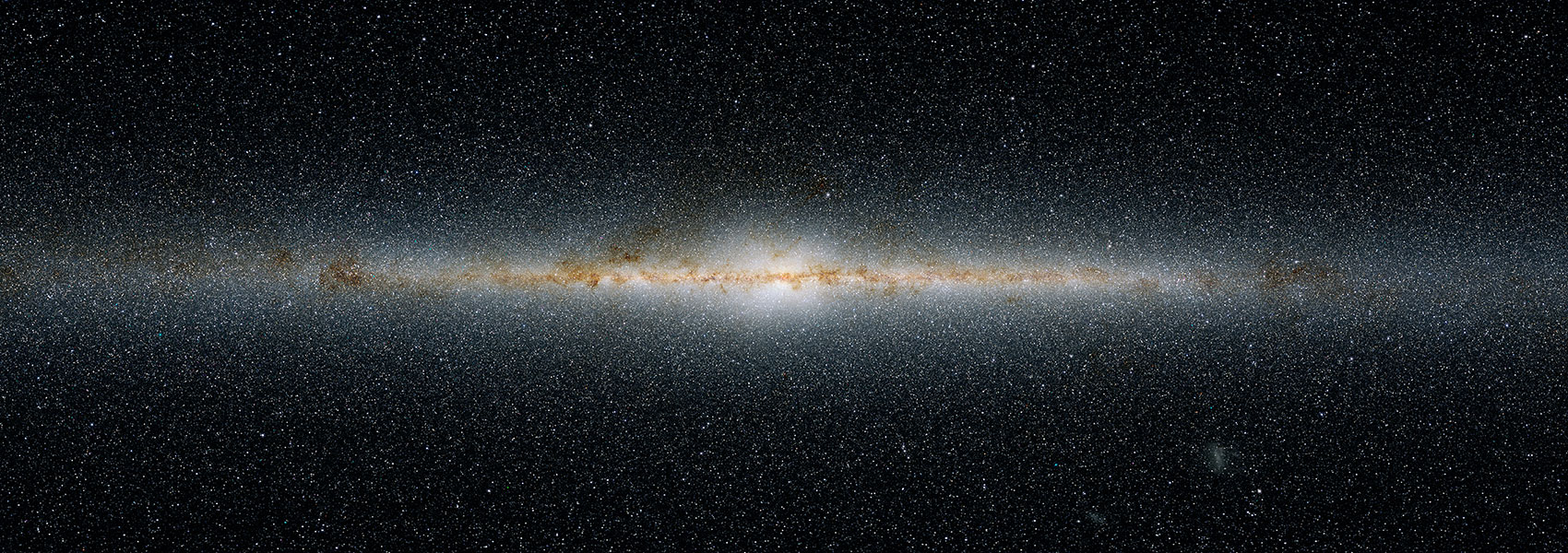
The SN 2023ixf Progenitor in M101. II. Properties
June 2024 • 2024ApJ...968...27V
Abstract • We follow our first paper with an analysis of the ensemble of the extensive preexplosion ground- and space-based infrared observations of the red supergiant (RSG) progenitor candidate for the nearby core-collapse supernova SN 2023ixf in Messier 101, together with optical data prior to the explosion obtained with the Hubble Space Telescope (HST). We have confirmed the association of the progenitor candidate with the supernova (SN), as well as constrained the metallicity at the SN site, based on SN observations with instruments at Gemini-North. The internal host extinction to the SN has also been confirmed from a high-resolution Keck spectrum. We fit the observed spectral energy distribution (SED) for the star, accounting for its intrinsic variability, with dust radiative-transfer modeling, which assumes a silicate-rich dust shell ahead of the underlying stellar photosphere. The star is heavily dust obscured, likely the dustiest progenitor candidate yet encountered. We found median estimates of the star's effective temperature and luminosity of 2770 K and 9.0 × 104 L ⊙, with 68% credible intervals of 2340─3150 K and (7.5─10.9) × 104 L ⊙, respectively. The candidate may have a Galactic RSG analog, IRC −10414, with a strikingly similar SED and luminosity. Via comparison with single-star evolutionary models we have constrained the initial mass of the progenitor candidate from 12 M ⊙ to as high as 14 M ⊙. We have had available to us an extraordinary view of the SN 2023ixf progenitor candidate, which should be further followed up in future years with HST and the James Webb Space Telescope.
Links
- PREPRINT http://arxiv.org/abs/2308.14844
- NED https://ned.ipac.caltech.edu/uri/NED::InRefcode/2024ApJ...968...27V
- ELECTR https://doi.org/10.3847/1538-4357/ad414b
- SIMBAD https://simbad.u-strasbg.fr/simbad/sim-ref?querymethod=bib&simbo=on&submit=submit+bibcode&bibcode=2024ApJ...968...27V
- PDF https://iopscience.iop.org/article/10.3847/1538-4357/ad414b/pdf
- DATA https://archive.stsci.edu/mastbibref.php?bibcode=2024ApJ...968...27V
- DATA https://doi.org/10.17909/j2ax-4p24
- DATA https://irsa.ipac.caltech.edu/bibdata/2024/V/2024ApJ...968...27V.html


